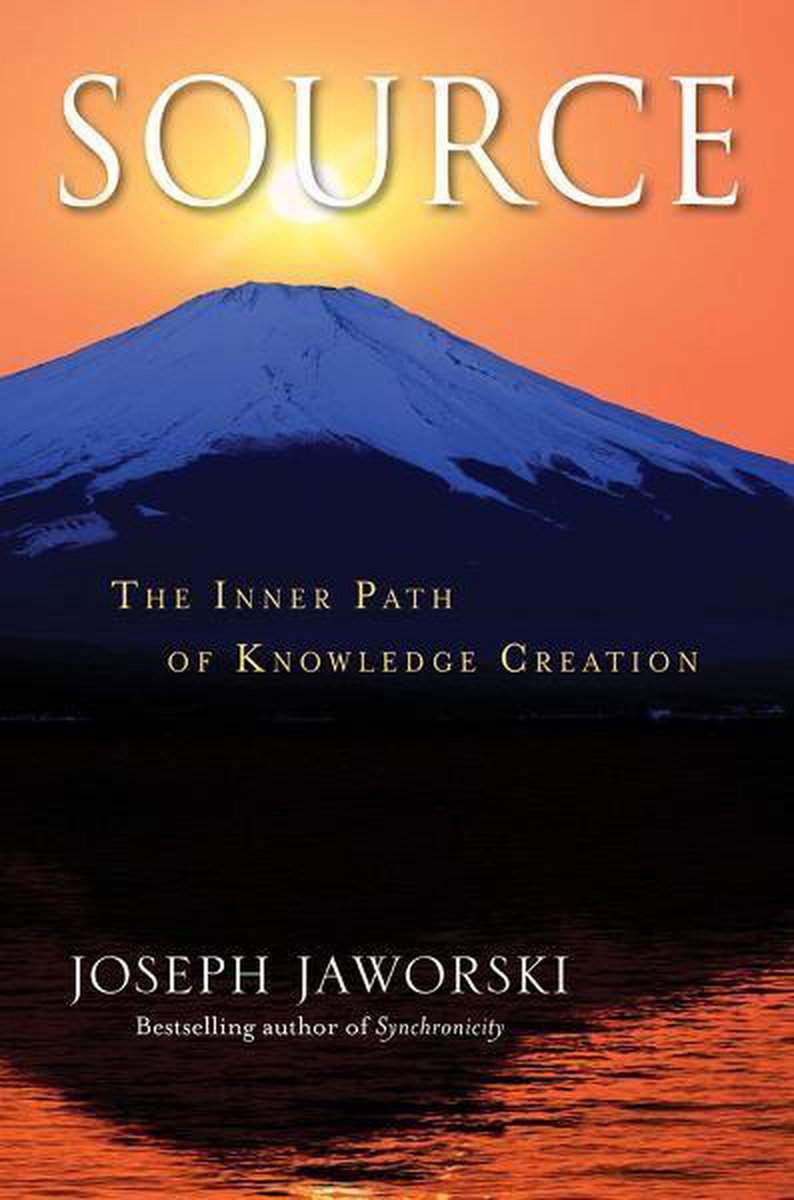InnerPath Mac OS
You need to use the command echo $PATH to display the PATH variable or you can just execute set or env to display all of your environment variables. By typing $PATH you tried to run your PATH variable contents as a command name. Bash displayed the contents of your path any way. 🐧 Get the latest tutorials on Linux, Open Source & DevOps via RSS feed or Weekly email newsletter. 30 Handy Bash Shell Aliases For Linux / Unix / Mac OS X; 3.
I want to revisit Tuesday’s discussion of clipping; when I wrote that post I was laboring under certain misconceptions related to Core Graphics paths, which I would like to discuss. As a consequence of correcting these misconceptions, I can see that Core Graphics clipping is much easier to work with than I had supposed.
Whoops
My basic mistake was to assume that a Core Graphics path was, essentially, a single closed loop. In fact, a path is a collection of line segments and loops; it is essentially a collection of subpaths, where a subpath corresponds to my original conception of an overall path.
In particular, I misunderstood the purpose of these functions:
I thought that CGContextBeginPath and CGContextClosePath formed a pair, and that a path was defined by Core Graphics calls made between these bookends. In fact, CGContextMoveToPoint and CGContextClosePath form the pair; CGContextMoveToPoint establishes the first point on a subpath to which CGContextClosePath will connect, if it is called.
Once this misapprehension was corrected, some other issues related to clipping became clear.
Winding vs. Non-Zero
I had been puzzled by this language in the Core Graphics documentation for CGContextClip:
The function uses the nonzero winding number rule to calculate the intersection of the current path with the current clipping path. Quartz then uses the path resulting from the intersection as the new current clipping path for subsequent painting operations.
Inner Path Mac Os Catalina
and CGContextEOClip:
The function uses the even-odd rule to calculate the intersection of the current path with the current clipping path. Quartz then uses the path resulting from the intersection as the new current clipping path for subsequent painting operations.
Inner Path Mac Os X
When I was working on clipping to hollow shapes, I first tried this procedure:

- Define the “outer” hull
- Invoke
CGContext*Clip - Define the “inner” hull
- Invoke
CGContext*Clip
However, no matter which CGContext*Clip functions I called at which point, and no matter which winding I used when defining the hulls, I could not get the clipping paths to interact in the way I wanted. I now understand why: These functions effectively apply the “nonzero winding” or “even-odd” rule to the current path (i.e. collection of subpaths), and then take the intersection of the resulting clipping region with the current clipping region.
(Incidentally, the difference between the “nonzero winding” and “even-odd” rules is reasonably well explained here; it’s not Apple documentation, but it’s on-point.)

Inner Path Mac Os Download
Examples
This function defines a relatively complex clipping region, used to create the image at the top of this post:
Inner Path Mac Os Downloads
Three points:
- This example was hacked together, so some of the arguments to the function don’t make much sense
- The documentation for
CGContextAddArcstates that the final argument (clockwise) must be 1 on the iPhone to create a CCW arc; this does not appear to be true, although I may be misinterpreting my results - The
CGContextMoveToPoint()spreceding the arcs are crucial; without them, Core Graphics will insert line segments between the last point of one arc and the first point of another, with undesirable results
With our new understanding of paths and clipping, we can simplify the code that we saw on Tuesday: